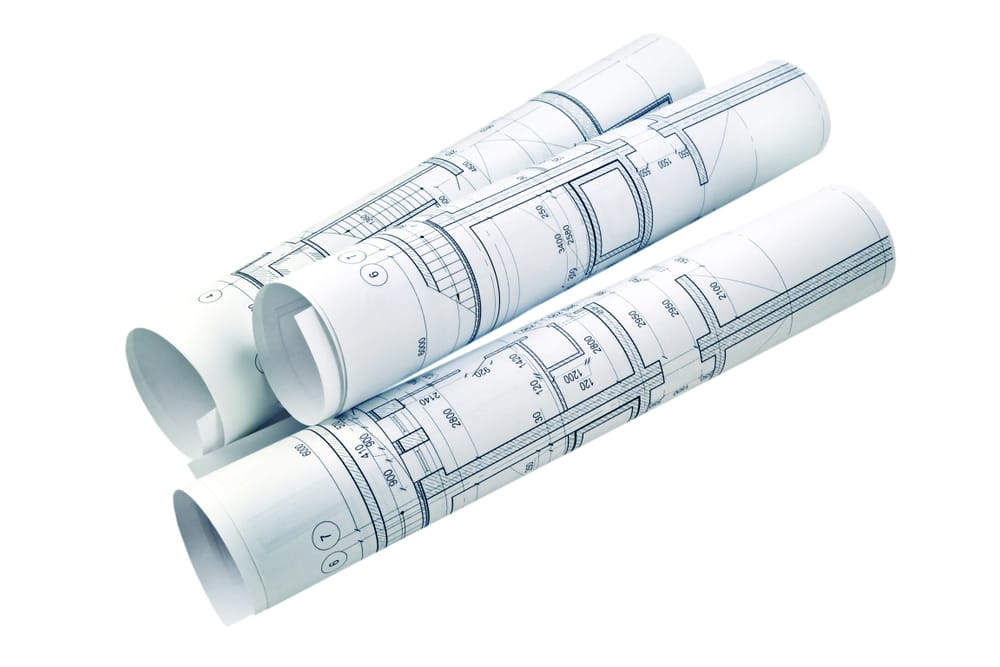
One advantage of strata living can be the access to facilities on common property, which one might not have in freehold ownership of stand-alone houses. Such as gyms, swimming pools, or large games rooms.
However, disputes relating to common property can take the gloss off that advantage, if not well resolved.
In seeking to resolve such disputes or problems, it is best to start with things like the by-laws, the strata plan, minutes of general meetings and other objective facts. It is important to be clear on these before getting into a dispute or debate, which can be distorted by subjective views over whose responsibility it is when it involves common property.
Let’s examine one objective thing in the world of strata law – the strata plan.
A strata lot is essentially a cubic space owned by operation of the Strata Titles Act 1985 (as amended). It is defined by the boundaries drawn on the strata plan and that can lead to clarity on what one owns.
By law, a lot owner owns this cubic space that is bounded by:[1]
Physically, this means owning things like:
Conversely, what is not part of the strata lot is common property, namely:
[1] Strata Titles Act 1985 (WA) s 3(2)(a).

The first step to finding out what is common property and what is not, is to examine the strata plan registered at Landgate for the strata scheme.
Note though, that some strata plans can be difficult to read and understand because they can be complicated by things like:
If doubt arises, it may be a good idea to get input from an adviser in interpreting the strata plan.
The strata plan can make clear what is private and what is common property. Such clarity can potentially remove at least one source of disagreement as to who has the legal right or obligation.
For example, imagine a survey strata scheme built on a steep slope, so as to take in the views of the ocean. The higher strata lot owners would not want the lower strata lot owners to build an additional storey that would obstruct their views. Hopefully, the developer took that into account. If so, the strata plan should show the maximum heights of each lot. Their effect would be to incorporate height restrictions that would prevent view-hampering renovations.
Good advisers will always have you check the facts before trying to solve the problem you face. That is as true of strata as it is of other areas of life.
With strata, one key source of facts and clarity is the strata plan. It is a starting point for all parties in the strata scheme to understand their rights and obligations. From there, they can move to the next phase of resolving the dispute, which will include interpreting the by-laws.

For assistance with strata issues speak to:
Managing Principal
Tel: 9200 4900
Article first published in The WA Strata Magazine September 2025